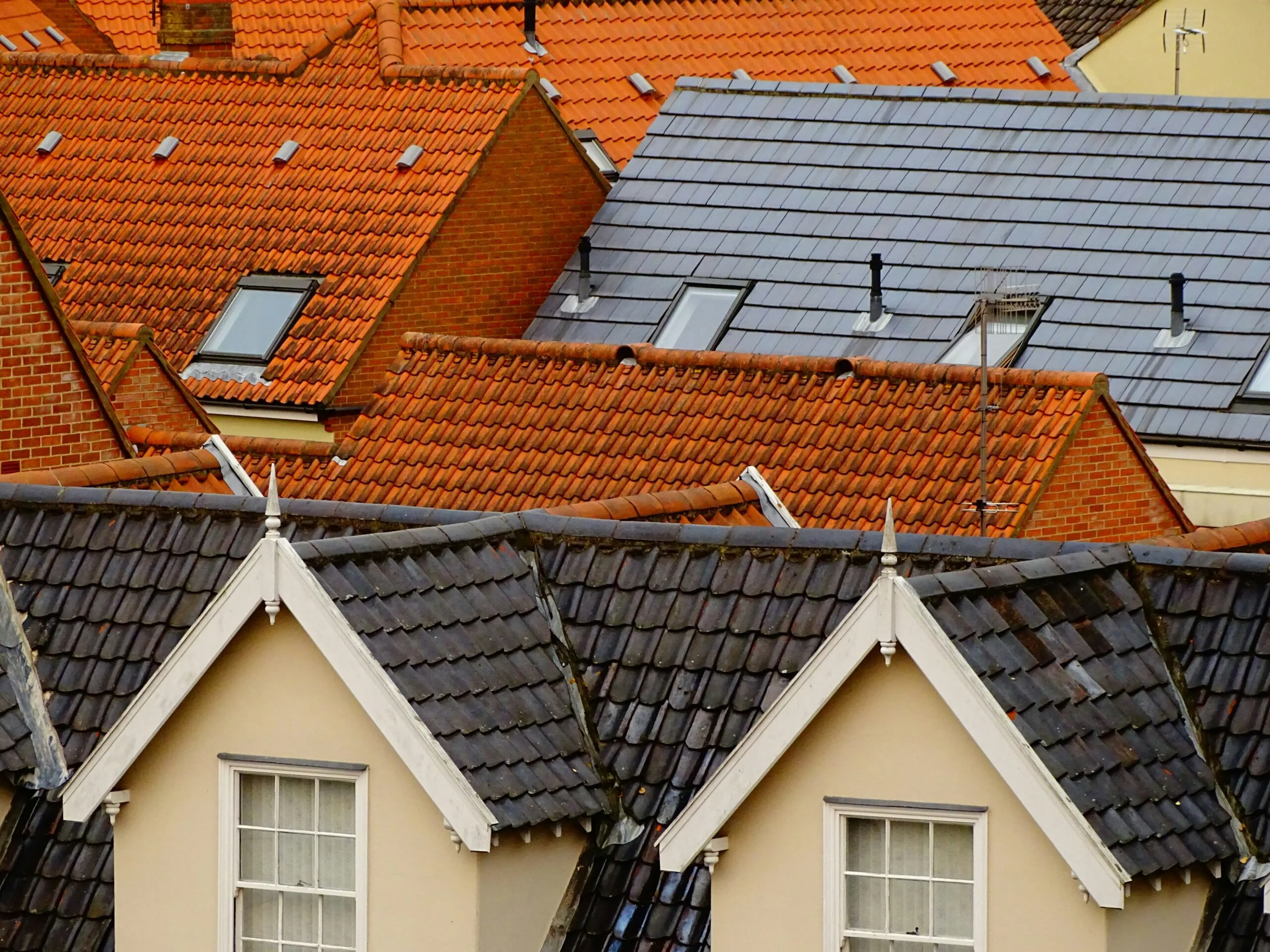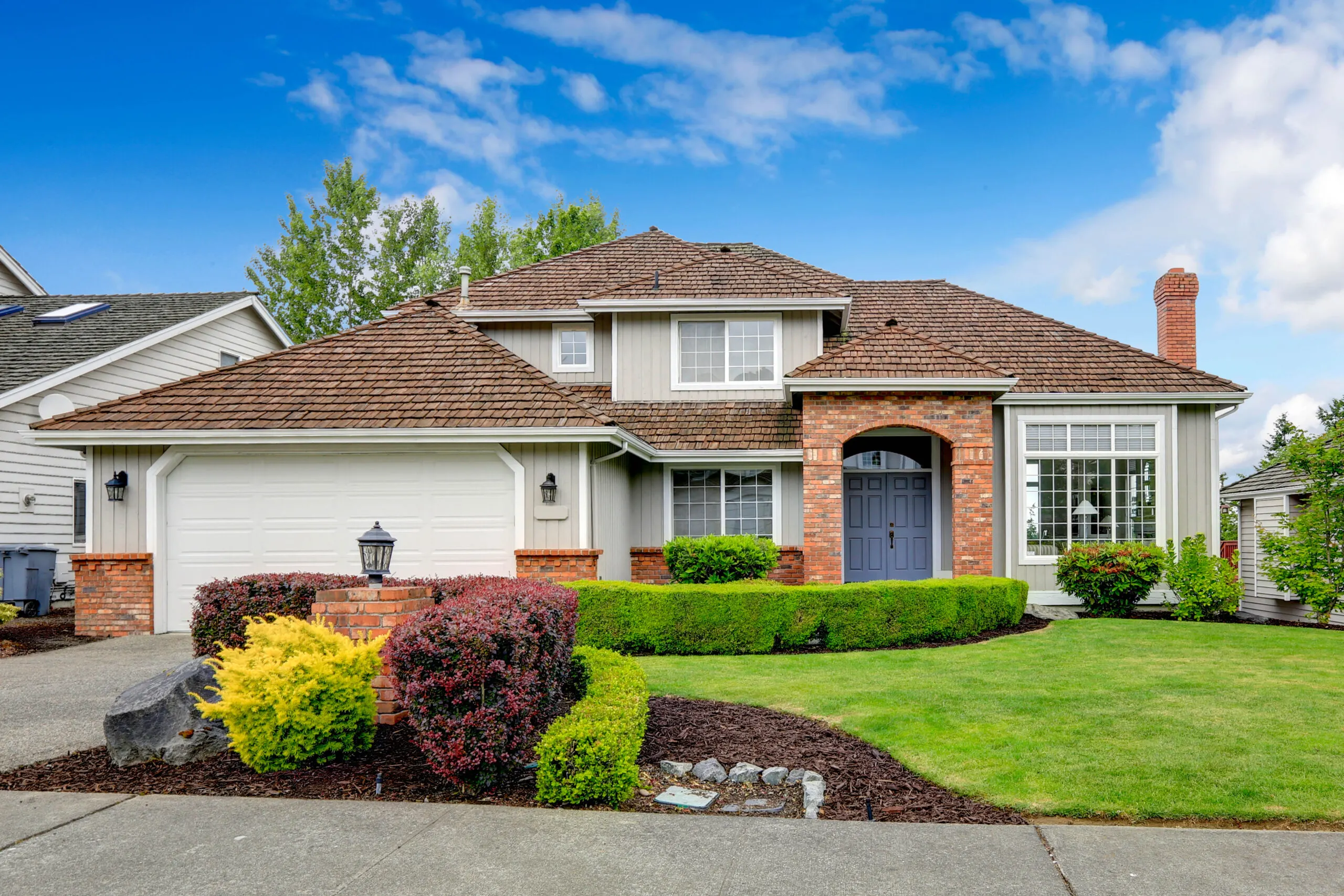A home’s roof is its primary shield, that protects against blistering sun, driving rain, and punishing winds. It is a complex system engineered to protect every other part of the structure, and its health is fundamental to the safety and security of everything below it.

Protecting this asset starts with understanding that its health is determined by more than just chance, a principle that guides every reputable roofing company Murfreesboro and beyond.
Too often, homeowners rely on the simple number printed on a shingle wrapper, leading to surprise and financial strain when a roof fails prematurely. The true lifespan of a roof is not a fixed date on a calendar. It is the dynamic result of an interplay between its underlying structure, the quality of its installation, and the specific weather problems it endures year after year. The goal is to move away from this guesswork and toward an informed analysis, empowering homeowners to protect their investment.
Structural Factors: The Unseen Influencers
Beneath the visible surface of a roof lies a framework of structural components that determines its durability. The slope, or pitch, of the roof is a primary factor. A steeper pitch sheds water and debris with ease, minimizing the time shingles are exposed to standing moisture and reducing wear.
In contrast, low-slope roofs or complex designs with numerous valleys and dormers drain more slowly and create more seams, demanding expert flashing and sealing to prevent inevitable water intrusion.
Just as critical is the unseen system of ventilation. A properly ventilated attic allows trapped heat and moisture to escape. The main structural factors, therefore, can be enumerated as follows:
- Roof Pitch: The angle of the roof, which governs its ability to shed water and debris.
- Attic Ventilation: The system for managing the damaging buildup of heat and moisture from below.
- Roof Deck Integrity: The condition of the wooden sheathing that serves as the foundational layer.
Without proper ventilation, an attic can become super-heated, effectively cooking the shingles from below and causing them to age prematurely. This moisture can also lead to the rot and decay of the roof deck itself. A warped or soft deck cannot hold fasteners securely, compromising any new material installed on top.
Climatic Impact: The Regional Reality
While structure provides the foundation, the local climate is the relentless force that acts upon it. A roof in a mild, temperate zone will age very differently from one in a region with extreme weather. Intense, direct solar radiation is a primary concern, as UV rays slowly break down the asphalt in shingles, making them brittle. This is compounded by thermal shock, the daily expansion and contraction of roofing materials as they heat up and cool down, which puts constant stress on seals and fasteners.
Beyond this gradual aging, dynamic weather events cause damage. High winds can get underneath shingle edges, breaking their adhesive strips and leaving them vulnerable to being torn away. Hail is especially destructive, stripping away the protective granules and exposing the underlying mat to UV degradation.
These storm-related issues are a frequent cause for concern for homeowners seeking roofing Chattanooga services, an area familiar with such dynamic weather patterns. Even high humidity can shorten a roof’s life by promoting algae growth, which traps moisture and accelerates deterioration.

The Synthesis: From Factors to Financials
Understanding the forces acting on a roof is the first step and translating that knowledge into a practical plan is the next. This is where a professional inspection becomes invaluable. An experienced roofer synthesizes all the variables, the age and condition of the materials, the integrity of the underlying structure, and the tell-tale signs of climatic wear, to provide a realistic, evidence-based estimate of the roof’s remaining functional life. This diagnosis allows a homeowner to shift from a reactive to a proactive mindset.
Simple maintenance, such as cleaning gutters to prevent water backup or resealing flashing around chimneys, can significantly extend a roof’s lifespan and delay a major capital outlay. With a professional timeline in hand, financial planning can begin in earnest. For many, a useful starting point is an online roof replacement cost calculator. While not a substitute for a formal quote, it provides a crucial ballpark figure, helping to set realistic budget expectations long before the need for a replacement becomes an emergency.
Estimating the lifespan of a roof is ultimately a science of observation and analysis, not guesswork. A roof’s longevity is not determined by a single number on a shingle wrapper, but by a complex and interwoven set of conditions. It is the sum of its parts, influenced by:
- Material Quality: The grade and type of shingles, underlayment, and flashing used.
- Installation Expertise: The skill, attention to detail, and adherence to best practices by the installation crew.
- Structural Integrity: The condition of the underlying roof deck and the effectiveness of the attic ventilation.
- Environmental Exposure: The specific local climate, including sun intensity, average rainfall, wind loads, and hail frequency.
To move beyond approximation, a homeowner must learn to see their roof as a complete and dynamic system. By understanding these influencing factors, you become an educated steward of your property. You are better equipped to perform meaningful maintenance, identify potential problems before they escalate, and make confident, well-informed financial decisions when the time for a full replacement inevitably arrives. This knowledge transforms anxiety into foresight, ensuring the continued protection and value of your home.
